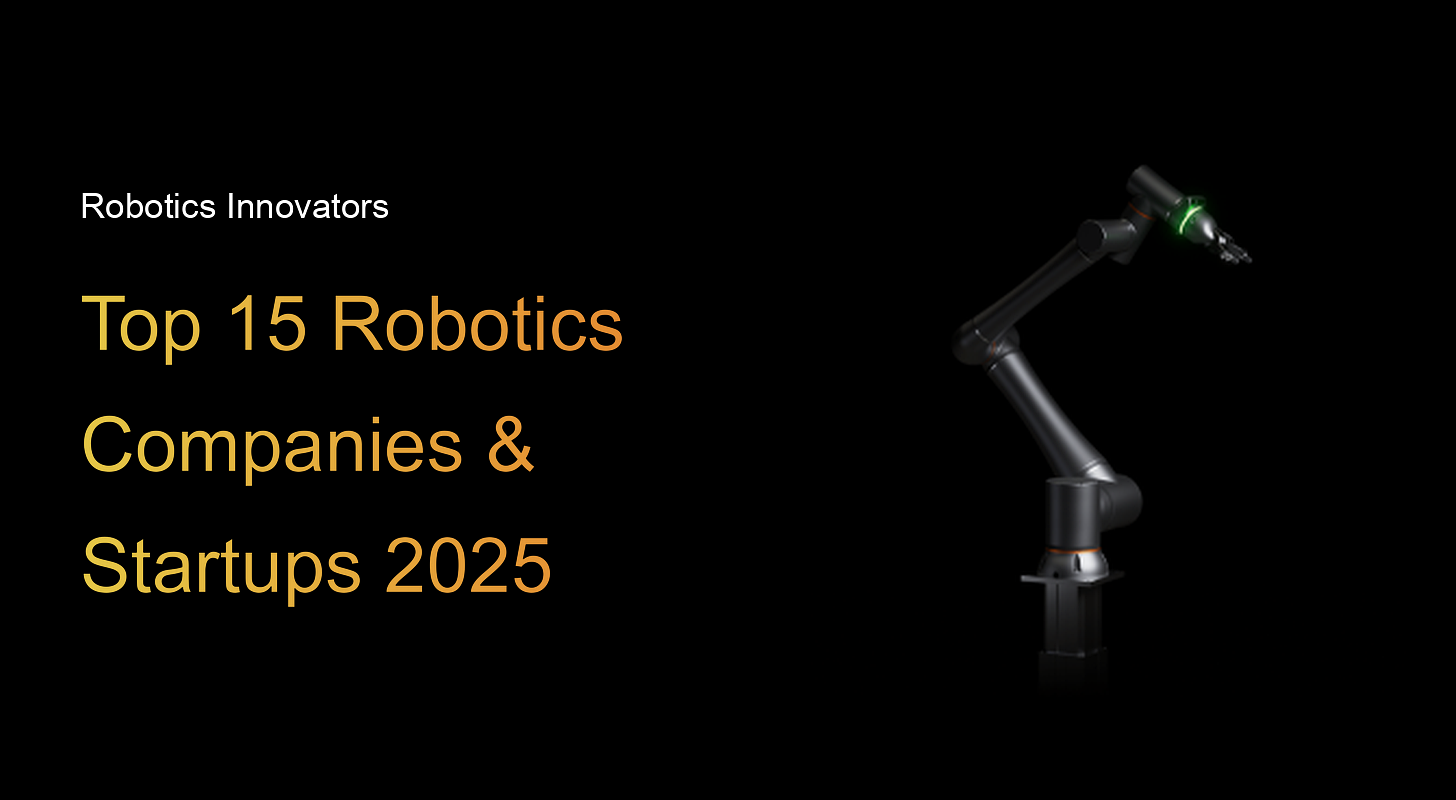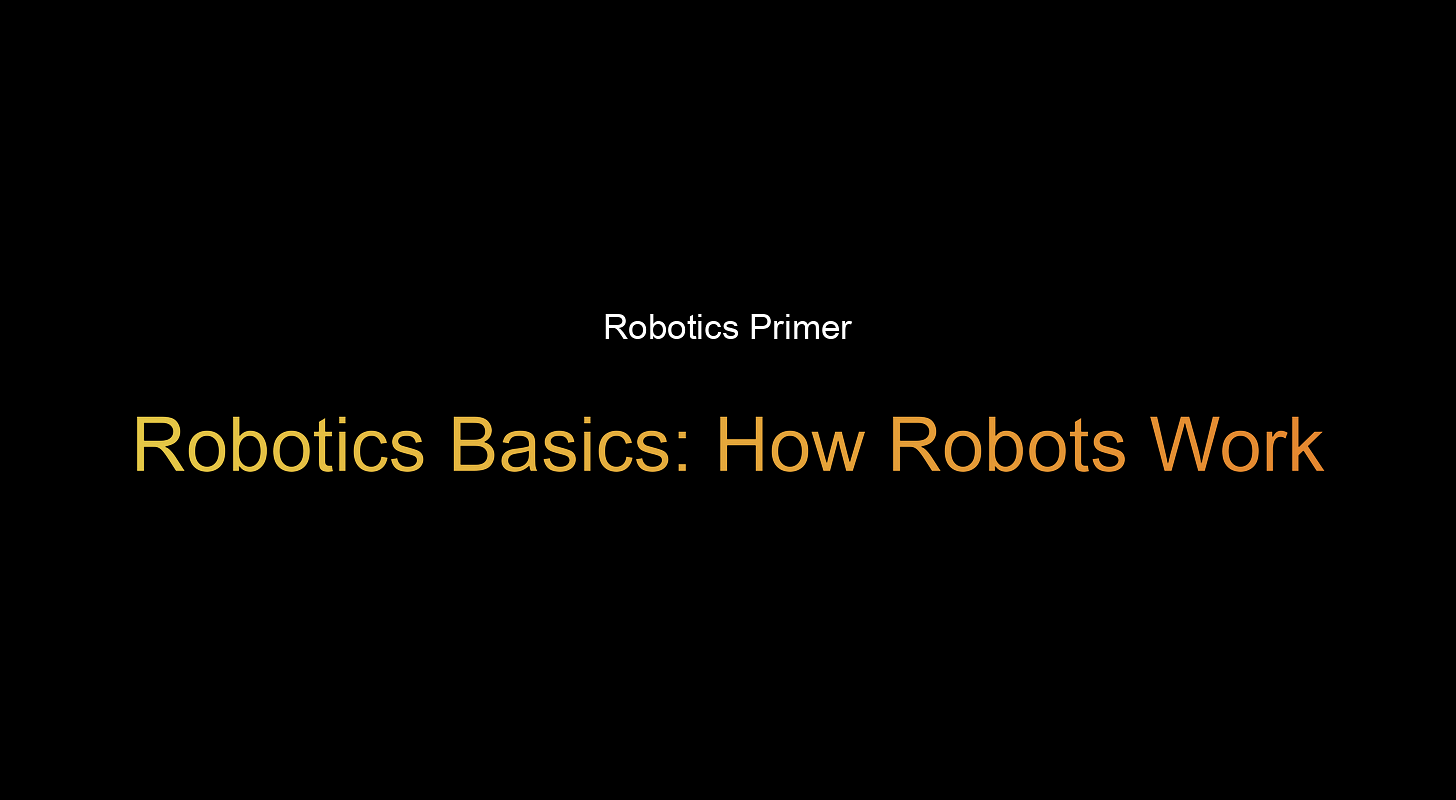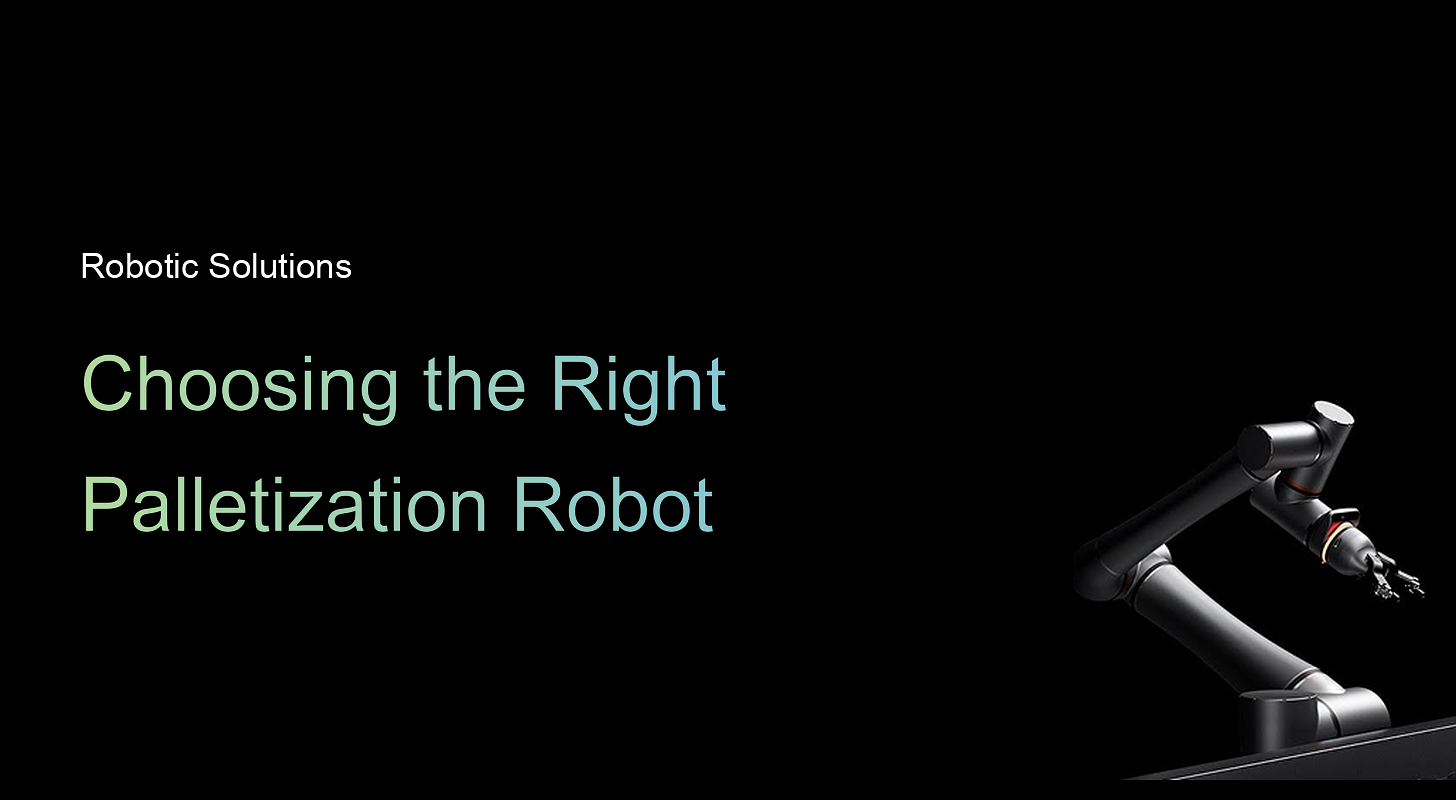Universal Robots prices in 2025 range from $23,000 for the UR3e to over $85,000 for the UR20, with the popular UR5e landing between $30,000 and $45,000, and the UR10e typically costing $45,000 to $60,000.
But here's what distributors won't tell you upfront: accessories, integration, and training can double these base prices.
Universal Robots pricing gets tricky because the robot arm is just the starting point. That $30,000 UR5e becomes a $60,000 system once you add grippers and setup costs. Universal Robots' cost depends on payload needs, reach requirements, and your specific application demands.
Universal Robots overview
Universal Robots are cobots, built to work safely around humans. Unlike older industrial arms that need cages and complex programming, UR cobots are compact, easy to set up, and designed for real-world workplaces where flexibility matters as much as power.
The company, founded in Denmark in 2005, reshaped automation by making robots accessible to businesses of all sizes. Instead of needing a full engineering team, operators can program a UR robot through an intuitive touchscreen or by simply guiding the arm through a task.
Each model in the lineup serves a different scale of work. Smaller arms like the UR3e fit tight workspaces (500 mm reach), while the UR20 reaches 1750 mm for palletizing and larger parts.
This versatility, paired with relatively low cost compared to traditional industrial robots, is what makes Universal Robots the default choice for many first-time automation buyers.
Universal Robots model-by-model overview
Now, let’s look at each model one by one and see how the UR3e, UR5e, UR10e, UR16e, and UR20 compare in both price and capability.
UR3e

The UR3e is the entry point into the Universal Robots family. Small enough to sit on a workbench yet precise enough for assembly or testing tasks, it’s designed for environments where every inch of space matters. Its 3 kg payload makes it best suited for electronics, lab work, or light component handling.
Industry listings in 2025 place the UR3e between $23,000 and $30,000. Since Universal Robots doesn’t publish official numbers, these estimates come from resellers and integration partners. Buyers should expect the final price to shift depending on the accessories needed, like grippers or a simple camera kit.
For small businesses taking their first step into automation, the UR3e is often the most accessible choice.
UR5e

The UR5e has built a reputation as the all-rounder of the lineup. With its 5 kg payload, it’s capable of handling tasks from machine tending to packaging without requiring the footprint or budget of larger cobots. It’s the model that many companies rely on when they want one robot to cover multiple roles.
As of 2025, prices typically run from $30,000 to $40,000, according to reseller data. That figure doesn’t include extras like end-of-arm tooling, vision systems, or training, which can raise the overall spend. Even so, the UR5e delivers a balance of affordability and flexibility that keeps it the most widely adopted UR model.
UR10e
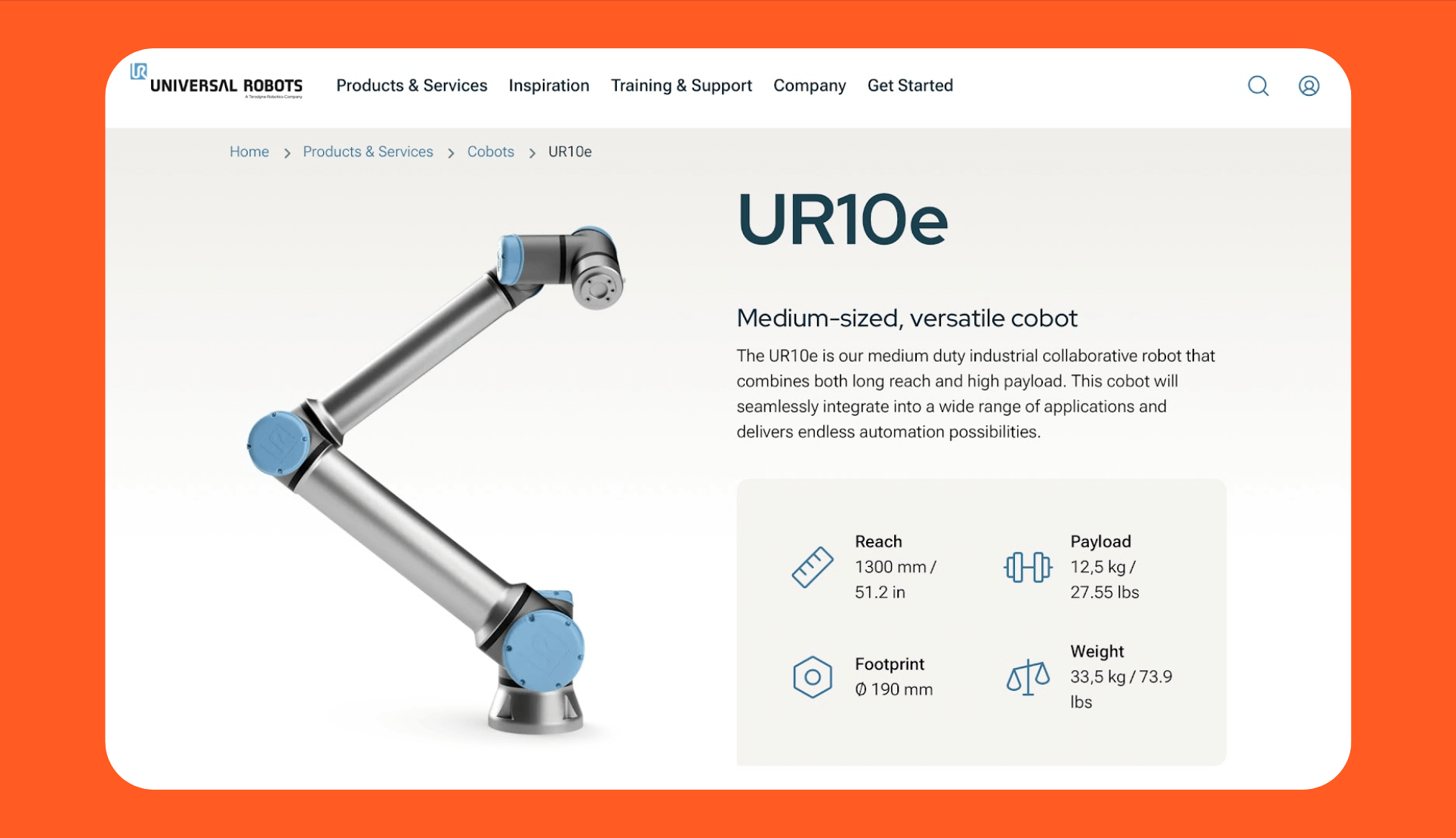
The UR10e is where Universal Robots steps into heavier-duty work. With a 10 kg payload and extended reach, it’s used in industries that need cobots for palletizing, packaging, or loading larger components. Its size makes it a natural fit for production lines where the UR3e or UR5e might not have the strength or reach.
Typical 2025 market prices fall in the $45,000 to $60,000 range. Because Universal Robots does not set public prices, these numbers come from distributors and integrators. Regional markups, vendor support packages, and the type of end-effectors chosen can shift the total considerably.
For manufacturers scaling up from light to medium-duty automation, the UR10e offers a practical middle ground.
UR16e
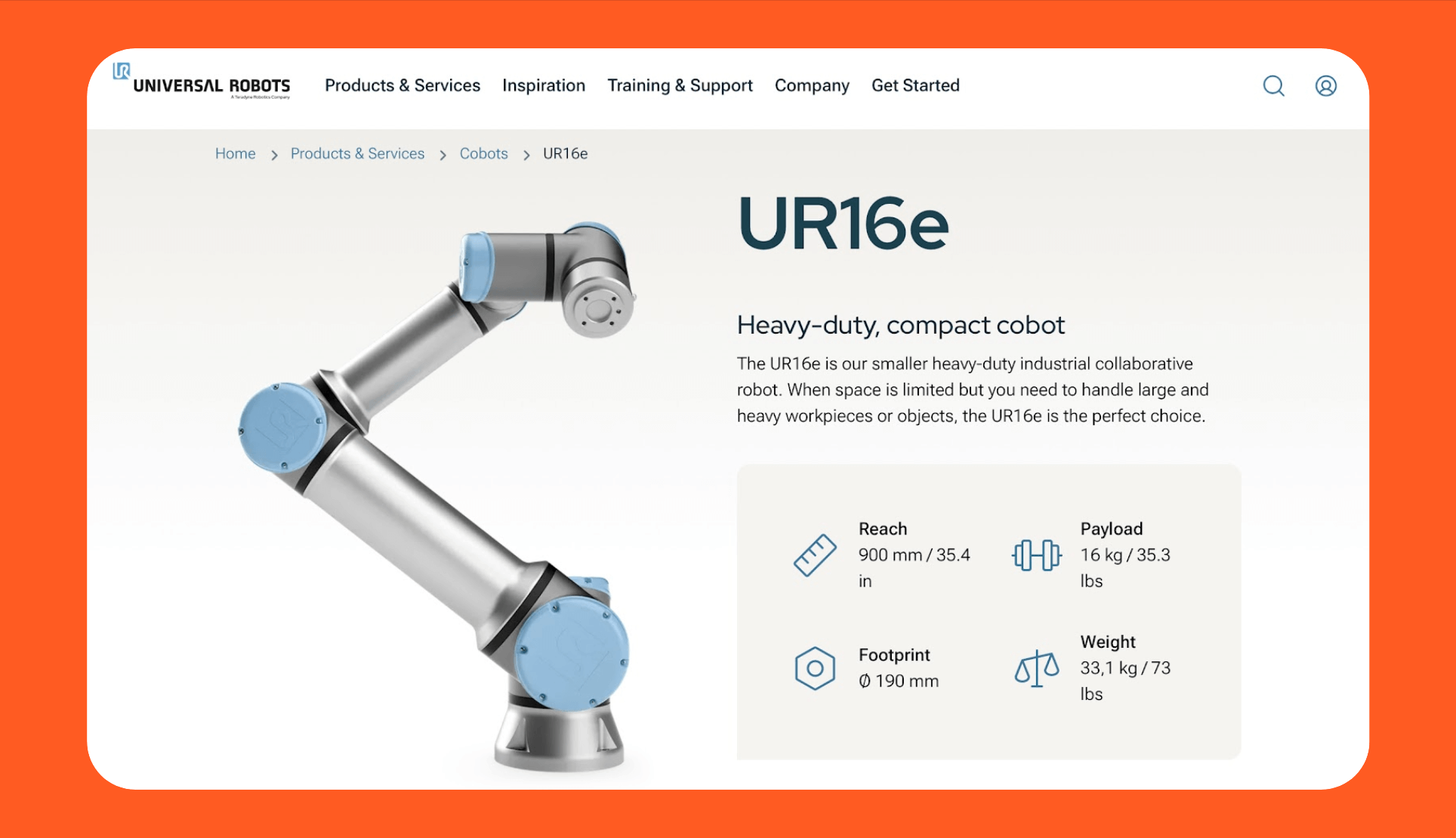
The UR16e is designed for heavy-duty tasks that require strength but not the extended reach of the UR20. With a payload capacity of 16 kg and a reach of 900 millimeters, it is often deployed for CNC machine tending, metal fabrication, and handling heavier tools or components that smaller cobots cannot manage.
Pricing in 2025 generally sits around $57,000 to $65,000, based on distributor listings and reseller quotes. Universal Robots does not publish official prices, so the numbers available come from integrators and regional partners. Depending on the custom grippers, vision systems, or software modules, the total cost can rise further.
If you want high payload capacity in a compact footprint, the UR16e provides a strong option between the UR10e and the larger UR20.
UR20

The UR20 is Universal Robots’ flagship cobot and the first in its range to move into true heavy lifting. With a payload of 20 kg and a reach of 1750 millimeters, it is built for demanding work like palletizing heavy loads, welding large parts, or handling bulky materials that smaller cobots cannot manage.
In 2025, most quotes for the UR20 start around $65,000 and climb past $85,000 once tooling and integration are factored in. These figures come from reseller and industry listings, since official pricing is not published. Companies choosing the UR20 are often investing not just in the arm, but in a full system designed for high-throughput production.
It’s the model for businesses that need a cobot with the muscle of a traditional industrial arm but the flexibility of a collaborative one.
What influences Universal Robots’ pricing?
Universal Robots pricing is influenced by payload and reach, end effectors and vision, software and integration, region or vendor markups, and support or training. Each of these factors can shift the total budget of a robot by thousands of dollars.
1. Payload and reach
Payload and reach are the starting points for any UR price. A smaller cobot like the UR3e is priced lower because it is built for light-duty work, such as assembly or testing, with only a 3 kg payload. On the other hand, models like the UR10e or UR20 can lift heavier parts and reach further across conveyors or pallets.
Larger models cost more because they require stronger actuators, sturdier joints, and advanced safety features. Businesses essentially pay more for robots that can handle larger and more complex jobs.
2. End effectors and vision systems
End effectors and vision systems influence Universal Robots' pricing because the cobot arm alone cannot perform real tasks. Grippers, welding torches, sanding tools, and screwdrivers are sold separately, and prices range from a few thousand dollars for basic options to tens of thousands for advanced tooling.
Vision systems, which allow the robot to detect parts or adapt to changes, add further cost. A simple 2D camera may be affordable, but a full 3D vision system with software integration can raise the project cost substantially.
3. Software and integration services
Software and integration services add a major layer of expense to any Universal Robots project. While the UR interface is simple enough for basic programming, most businesses hire an integrator to link the robot with existing machines, conveyors, or IT systems. These services often include risk assessments, safety checks, and custom coding.
Depending on complexity, integration can cost nearly as much as the robot itself. Additional software modules, such as force control or welding packages, also add licensing fees that increase the overall investment.
4. Region, vendor, and reseller markups
Region, vendor, and reseller markups directly affect how much a Universal Robot costs in practice. The same UR10e might be priced lower in one country than another due to local taxes, shipping, or distributor margins. Some vendors bundle training or maintenance into the price, while others sell the robot alone at a lower base cost.
5. Support, warranty, and training
Support, warranty, and training are also part of the pricing equation. Buying new gives you warranty coverage, technical support, and access to Universal Robots’ training resources. Used or refurbished units may come at half the price but usually carry a limited warranty and older software versions. That means you may need to budget for replacement parts, upgrades, or outside training to bring staff up to speed.
These hidden costs often explain why two companies can report very different total spending for the same UR model.
Total cost of ownership and ROI
The total cost of ownership for Universal Robots includes upfront purchase, operating and maintenance, training and integration, and ROI timeline.
Here’s what businesses should expect:
- Upfront investment: A UR cobot costs $23,000 for a UR3e to more than $85,000 for a UR20. That figure covers only the arm. Adding grippers, cameras, and integration quickly raises the total. Still, UR cobots remain more affordable than many industrial robots, which often exceed six figures.
- Operating and maintenance costs: UR cobots use less energy and have fewer moving parts than large robots. Routine upkeep usually means swapping consumables, updating software, and checking calibration. Less safety fencing is needed, which lowers infrastructure costs.
- Training and integration: While programming is user-friendly, most companies invest in training and integration services. Integration can equal the cost of the robot, especially when linking with CNC machines, conveyors, or IT systems. A complete cobot cell often totals $40,000 to $150,000.
- Return on investment: Most buyers recover costs in 12 to 24 months. Small shops save on labor in repetitive tasks like packaging or tending. Large manufacturers gain from faster cycles, consistent output, and less downtime. Because UR cobots can be reprogrammed, one unit often replaces several machines.
Buying strategies: New vs. refurbished Universal Robots
When buying a Universal Robot, you can choose a new model with full warranty and updates or a refurbished unit at a lower upfront cost. Each option has trade-offs that affect value, ROI, and long-term reliability:
There is also a middle ground: cost-effective alternatives like the Standard Bots Core cobot, which combine affordability with modern capabilities for light to medium-duty tasks.
Summing up
Universal Robots' prices in 2025 range from about $23,000 for entry-level models to more than $85,000 for the newest flagship.
The choice between models often comes down to payload, reach, and budget. Smaller shops lean toward the UR3e or UR5e for affordable entry into automation, while manufacturers with heavier workloads invest in the UR10e or UR20.
Your choice should reflect workload, integration needs, and ROI goals. Universal Robots remains a trusted name in collaborative automation, but it is worth weighing all options before committing.
Next steps with Standard Bots’ robotic solutions
Looking to upgrade your automation game? Standard Bots Thor is built for big jobs, while Standard Bots Core is the perfect six-axis cobot addition to any automation setup, delivering unbeatable throughput and flexibility.
- Affordable and adaptable: Core costs $37K. Thor lists at $49.5K. Get high-precision automation at half the cost of comparable robots.
- Perfected precision: With a repeatability of ±0.025 mm, both Core and Thor handle even the most delicate tasks.
- Real collaborative power: Core's 18 kg payload conquers demanding palletizing jobs, and Thor's 30 kg payload crushes heavy-duty operations.
- AI-driven simplicity: Equipped with AI capabilities on par with GPT-4, Core and Thor integrate smoothly with end-of-line operations for advanced automation.
- Safety-first design: Machine vision and collision detection mean Core and Thor work safely alongside human operators.
Schedule your on-site demo with our engineers today and see how Standard Bots Core and Thor can bring AI-powered greatness to your shop floor.
FAQs
1. How much does a Universal Robot cost in 2025?
The UR3e is typically priced between $23,000 and $30,000, the UR5e falls in the $30,000 to $45,000 range, and the UR10e usually sells for $45,000 to $60,000. A Universal Robot's cost in 2025 depends on the model, configuration, and reseller.
The flagship UR20, with its higher payload and reach, often costs $65,000 to $85,000 or more. These figures are based on distributor and integrator listings, since Universal Robots does not publish official pricing, and the final amount may vary by region and vendor.
2. What is the price difference between UR3e, UR5e, UR10e, and UR20?
The price difference between UR3e, UR5e, UR10e, and UR20 reflects their increasing size and strength. The UR3e is the smallest, designed for light bench-top work, and starts at about $23,000. The UR5e adds more reach and flexibility, raising its cost to $30,000 to $45,000.
The UR10e doubles the payload and reaches further, with a price tag of $45,000 to $60,000. At the top of the range, the UR20 offers a payload of 20 kg and costs $65,000 to $85,000 or more. Each model step adds performance, which directly drives up the price.
3. Is the UR20 more expensive than other cobots?
The UR20 is more expensive than other Universal Robots cobots because it delivers the highest payload and longest reach in the lineup. With a 20 kg payload and 1750 mm reach, it is designed for heavy-duty palletizing, welding, and material handling.
Prices typically start around $65,000 and can climb past $85,000 once accessories and integration are included. Compared to the UR3e or UR5e, it is several times more expensive, and even compared to the UR10e, it often sits $20,000 higher. This makes the UR20 the flagship option in Universal Robots’ portfolio.
4. What factors increase the cost of Universal Robots?
The factors that increase the cost of Universal Robots include the robot’s payload and reach, the tools attached, and the services needed to get it running. End effectors like grippers, welding torches, or sanding heads can cost a few thousand to tens of thousands of dollars.
Adding vision systems for part recognition or measurement also increases the budget. On top of that, distributor markups, shipping fees, and local taxes vary by region, which explains why two companies may pay different prices for the same model.
5. How quickly can Universal Robots achieve ROI?
Universal Robots can achieve ROI in 12 to 24 months, though this depends on the application and workload. For small shops, the savings often come from automating repetitive tasks like machine tending, packaging, or quality checks.
Larger manufacturers benefit from shorter cycle times, improved consistency, and reduced downtime, which accelerates the payback period. Because UR cobots can be reprogrammed for different jobs, one unit may replace several manual processes, helping businesses see value faster.
6. Is Standard Bots Core a better-value alternative to Universal Robots?
Standard Bots Core can be a better-value alternative to Universal Robots if you want advanced performance at a predictable price. At $37K, Standard Bots Core combines an 18 kg payload, ±0.025 mm precision, and built-in AI vision with a no-code interface.
It is designed to handle CNC tending, pick-and-place, and other demanding jobs without the need for heavy programming expertise. While Universal Robots has a much larger global install base and broader reseller network, Core delivers industrial-grade capability at a mid-market price.
brighter future
Join thousands of creators
receiving our weekly articles.








